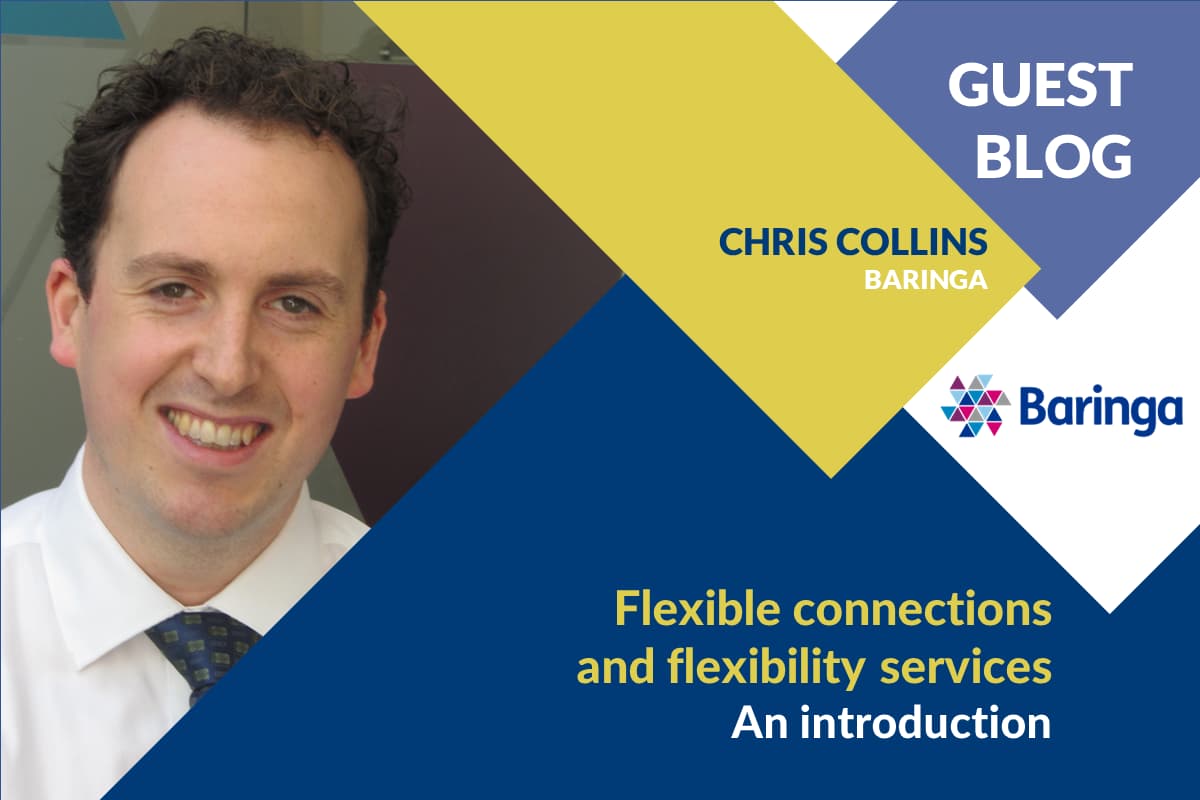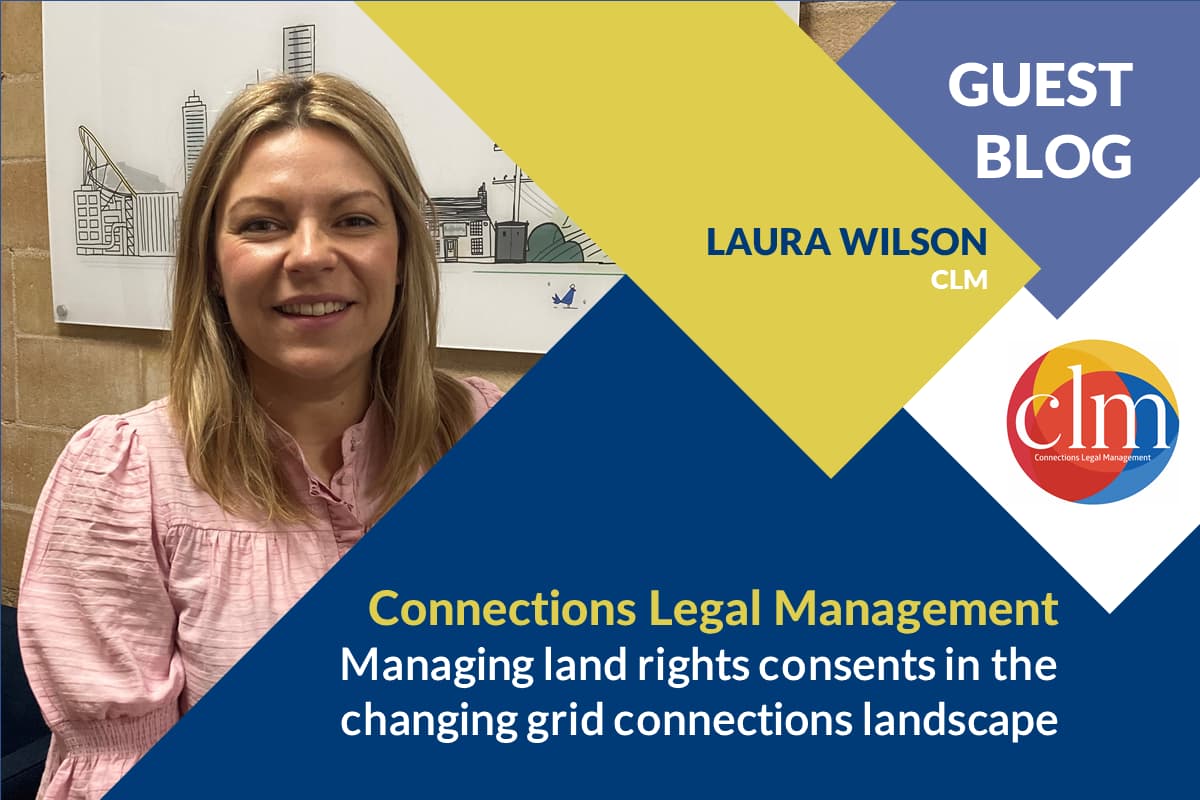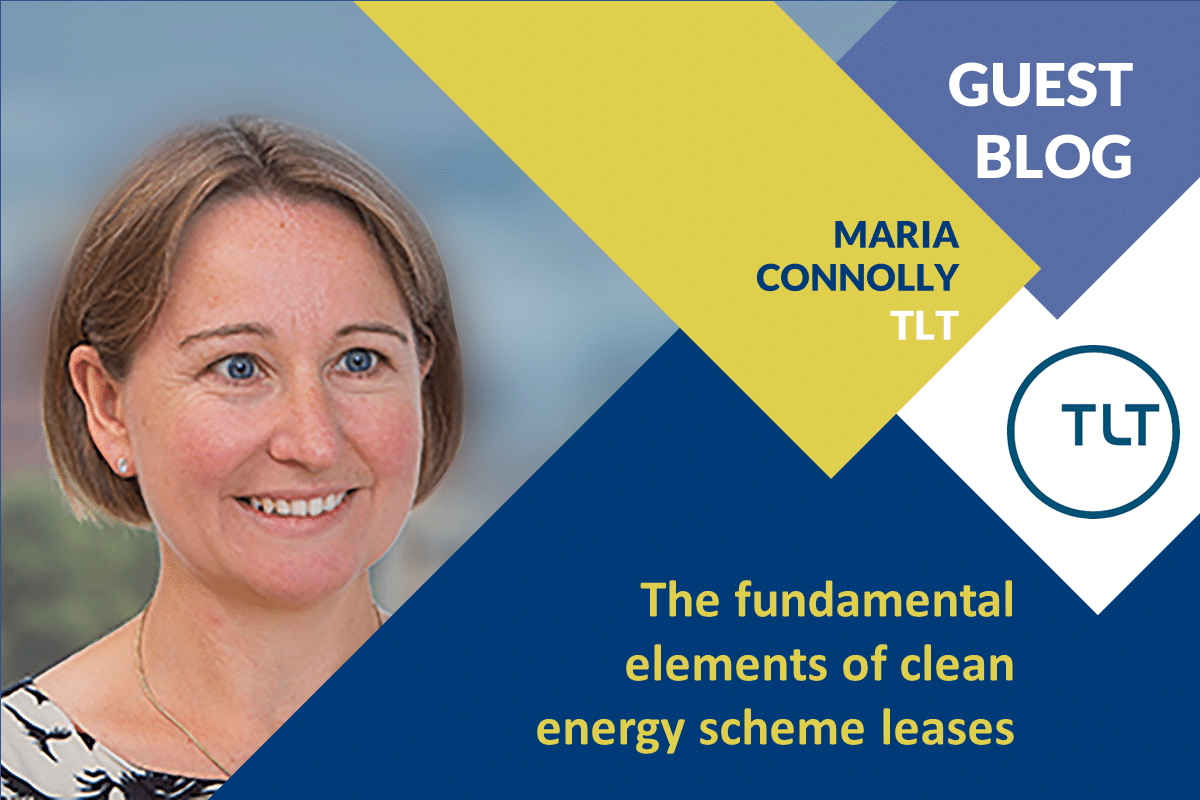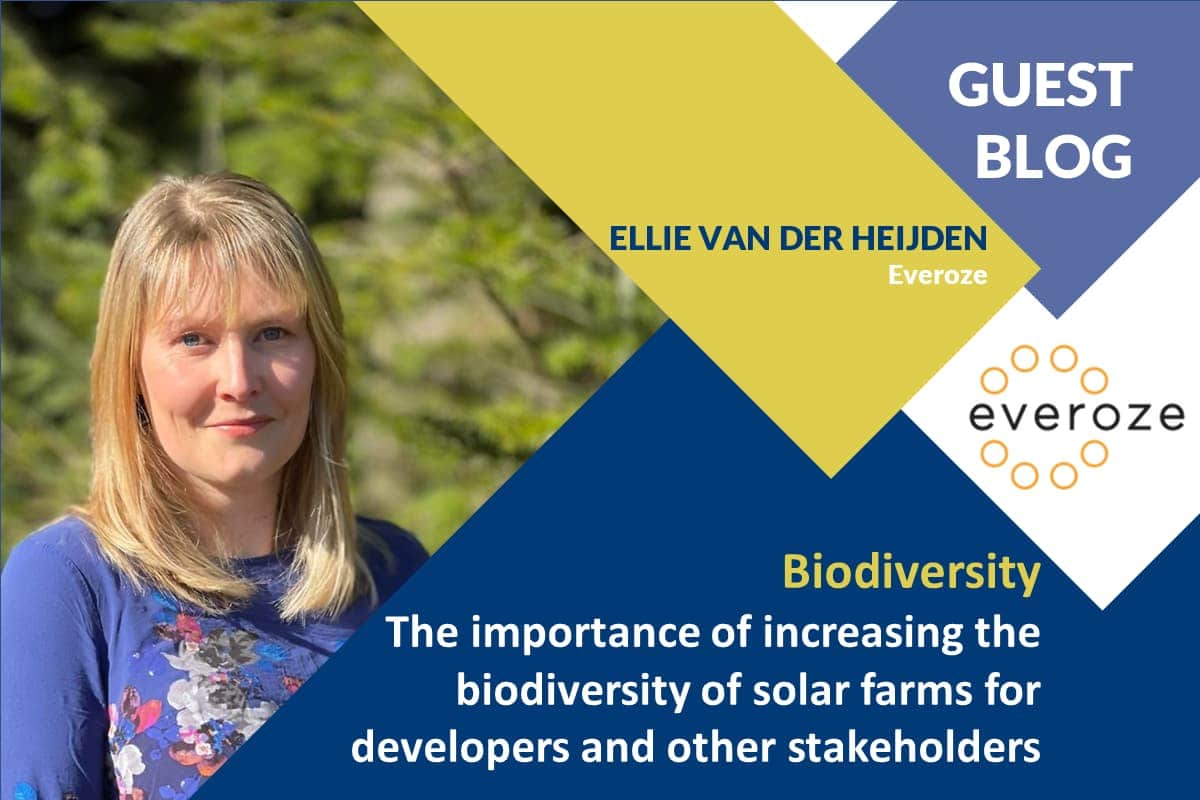Flexible connections and flexibility services
Flexibility is becoming increasingly important for the electricity network and system. Hugh Taylor spoke to Chris Collins, Senior Manager, energy, utilities and resources at Baringa to kick off a series of blogs on flexible connections and flexibility.
Hugh: Firstly, please can you tell us a bit about Baringa and your role, Chris?
Chris: Baringa Partners are one of the world’s top-rated energy and environment consultancies, with over 20 years’ experience advising across all industry sectors, including governments, the energy industry, retail and technology on climate strategy. My role at Baringa is focused on working with electricity network companies to ensure they are ready for the transformation of the energy sector, and in particular on the transition of Distribution Network Operators (DNOs) to more active Distribution System Operators (DSOs). A big part of that is figuring out how to make good use of flexibility on the distribution network.
Hugh: What do we mean when we say ‘flexibility’, and why is it important for managing electricity networks?
Chris: The need for flexibility on electricity systems is nothing new. Because demand for electricity constantly needs to match the supply of electricity, we have always required flexibility on the system in order to maintain that fine balance. As well as matching supply and demand across the system as a whole, where the network is constrained, it is also necessary that this balance is maintained within constrained network areas.
Hugh: What types of assets are providing flexibility?
Chris: Until recently, flexibility has mostly come from dispatchable generation and large-scale pumped hydroelectric units. However, shifts in the make-up of the electricity system, and improved monitoring and control technologies, have meant that it is increasingly being provided by batteries and demand-side flexibility, much of which is connected to the lower voltage distribution networks.
Hugh: How is the electricity market designed to encourage flexibility in the system?
Chris: Put simply, the electricity system gets the flexibility it needs in three ways:
- Prices: this includes the wholesale price and the variable network charges
- Flexibility services: system or network operators procuring flexibility (turn-up or turn-down) to address specific needs
- Flexible connections: rather than giving assets ‘access’ to the network 24/7, the right to export onto the network can vary either as a function of time or as a function of the real-time constraints on the network.
Hugh: What are the advantages of flexible connections?
Chris: Flexible connections provide an opportunity to improve the cost and speed of connecting to the grid, but at the cost of connecting customers facing some periods of curtailment. Let’s say a developer wants to connect a generator to the distribution network. If that network is constrained it would typically be necessary first to reinforce the network. Depending on the work required, this can be a very slow and very expensive process. The cost of connection will largely fall on the DNO (see Ofgem’s Access SCR decision) but the delays are a real issue for both developers and more widely for the UK’s Net Zero ambitions.
But a network isn’t constrained all day, every day. Sometimes it will only be constrained under a very limited set of conditions. Flexible connections can allow a generator to connect provided they allow themselves to be curtailed during those constrained periods. This could be an enduring solution, or might just be used in the short-term to allow new connections whilst the reinforcement works are taking place.
Hugh: OK, so what are the disadvantages?
Chris: As I mentioned, the reason that flexible connections are so useful is that they allow the DNO to curtail generators, load and storage assets during constrained periods. The problem is that it’s difficult to know up-front how much curtailment might be needed. Under current arrangements, the generator is not compensated for the lost revenue associated with curtailment. It’s therefore up to the developer to work out whether the faster connection justifies taking on the curtailment risk. This is particularly true if the developer is looking to do revenue stacking.
Hugh: Please can you explain revenue stacking?
Chris: Peaking generators and storage assets can make some money in the wholesale market, but it’s typically not sufficient to make a business case, particularly for highly flexible assets such as batteries. So battery developers are often looking to find additional routes to market, which may involve offering flexibility services to the Electricity System Operator (ESO), for example or – more recently – to the DSO. The problem is that flexible connections can restrict an asset’s ability to play in those – potentially very valuable – flexibility markets.
Hugh: Why is the ESO hesitant to procure flexibility from behind flexible connections?
Chris: The ESO is understandably reluctant to procure flexibility from an asset under flexible connections, or even from assets in regions with Active Network Management (ANM) and with good reason. Let’s look at two examples:
- If the ESO needs generation turn-up from a flexibly-connected battery, but the local network is constrained, the ANM system will prevent that battery from increasing its export, meaning the ESO won’t get the response it needs.
- If the ESO needs generation turn-down from a firm-connected battery, but that battery is in an area with an active constraint, the battery might turn down as instructed, but the ANM system could respond by reducing the curtailment on another asset in the same area, meaning again the ESO won’t get the response it needs. Unless the ANM system can be set up to avoid taking these kinds of actions, this sort of situation can effectively be a zero sum game for the ESO.
Hugh: So what does this mean for developers today?
Chris: The first thing to say is that this subject is the matter of active debate, and the market and regulatory rules are in a state of flux. Net Zero is going to require huge volumes of new connections to be carried out at pace, so flexible connections are going to become increasingly prevalent. We expect to see a lot more coordination between the ESO and newly-emerging active DSOs which should address some of the conflicts that restrict revenue stacking, but this remains an area with both market and regulatory risk.
Contact
For more information on the services Baringa provide, please contact Chris at chris.p.collins@baringa.com





